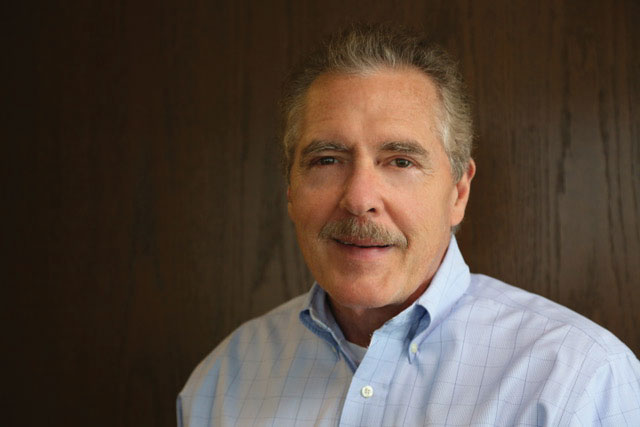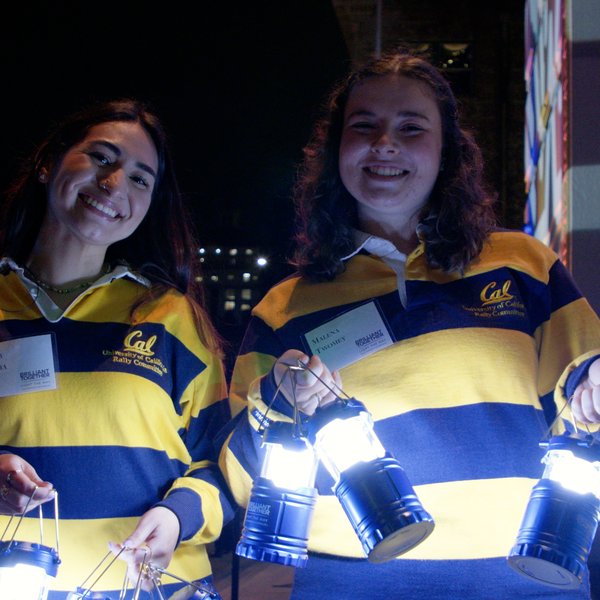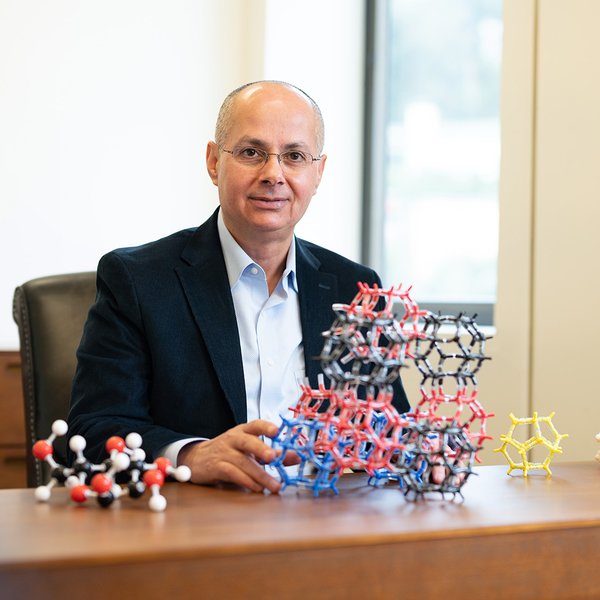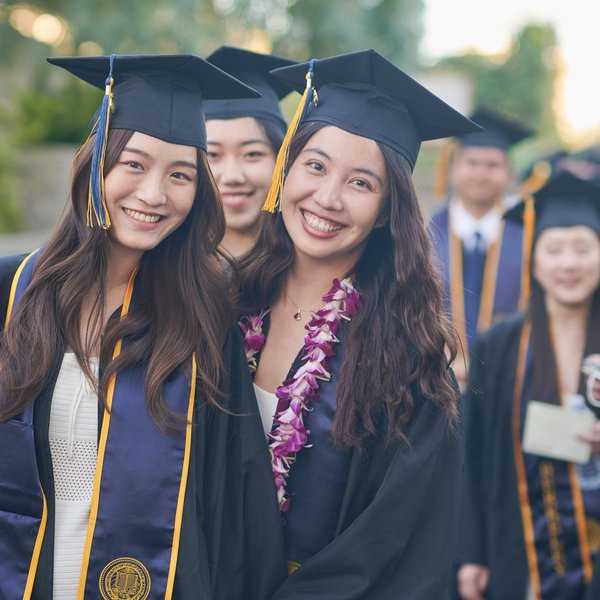The Jack Larson “Data for Good” Fellowship was established in 2016 to assist School of Information Master of Information and Data Science (MIDS) students in the use of data science to improve human life or benefit society. A successful entrepreneur who works in the online education space, Larson ’73 is a generous philanthropist — a Builder of Berkeley. The $8,500 award is given three times a year — in spring, summer, and fall. Recipients must have a background working for nonprofits, government, or community service organizations, or they may also be able to demonstrate how they intend to use the data science skills acquired in the MIDS program for the greater good of society.

Jack Larson'73, the generous philanthropist behind the “Data for Good” Fellowship
Three recent alumni winners joined current MIDS students in fall 2021 to showcase their work. Larson briefly spoke about why he established the fellowship: he wanted to encourage students working in data to “do something that benefits us all in the long run.”
Daniel Alvarez was the summer 2020 recipient for his work as a data analyst with the United Nations’ World Food Programme. Alvarez provided data insights to improve the efficacy of cash assistance programs targeting refugees and displaced communities impacted by humanitarian crises around the world. “I believe that data scientists have a societal responsibility to apply their skills for good and spread their knowledge to help others gain the most value from data,” Alvarez said.
“I believe that data scientists have a societal responsibility to apply their skills for good and spread their knowledge to help others gain the most value from data.” — Daniel Alvarez
The spring ’21 recipient, Tony DiSera, is a senior software developer in the Department of Human Genetics at the University of Utah. DiSera’s work focuses on a deep learning model that predicts cancer drug response based on the molecular characteristics of the tumor cells. “There’s an incredible wealth of knowledge about the human genome that’s publicly available; machine learning models can benefit from this knowledge,” she said. “This demands a multidisciplinary approach where data scientists, biologists, and clinicians work together to build models that reflect the nuances of this ever-growing, rapidly changing body of scientific knowledge.”
Di Sera said giving the talk “gave me an opportunity to share my work with the MIDS community and pause to reflect on how the MIDS program prepared me to take on important and challenging problems.”
Finally, the MIDS students heard from Madieh Taher ’20. Taher was in "Data Science W251: Deep Learning in the Cloud and at the Edge” when she had an idea: doing machine learning and deep learning on edge devices — computers and other devices at the “edge” of the network, like a rural doctor’s laptop or smartphone that she brings from location to location — could bring much-needed medical diagnostic capacity to remote populations. She and a small team of collaborators are diligently working on designing an edge device that doesn’t require robust internet connectivity to detect diabetic retinopathy.
-

Daniel Alvarez, who has worked as a data analyst with the United Nations’ World Food Programme
-

Tony DiSera, whose work focuses on a deep learning model that predicts cancer drug response based on the molecular characteristics of the tumor cells
-

Madieh Taher, whose team is diligently working on designing an edge device that doesn’t require robust internet connectivity to detect diabetic retinopathy
Director of Philanthropy Tia Foss, who introduced Larson to the students, cited the importance of giving back to the I School community. “We were so pleased Jack could join for the session and say a few words about why he established this award at the I School. He’s been thrilled to see the tremendous work of the recipients of his award, both when they were I School students, and now as alumni.”




